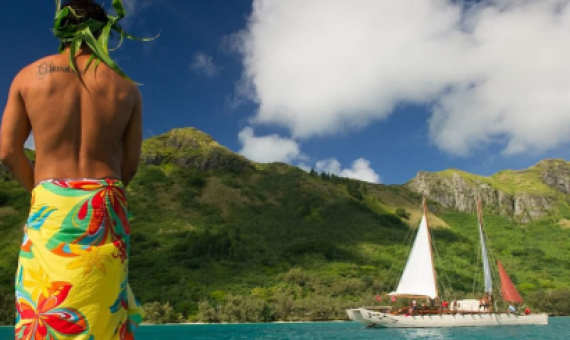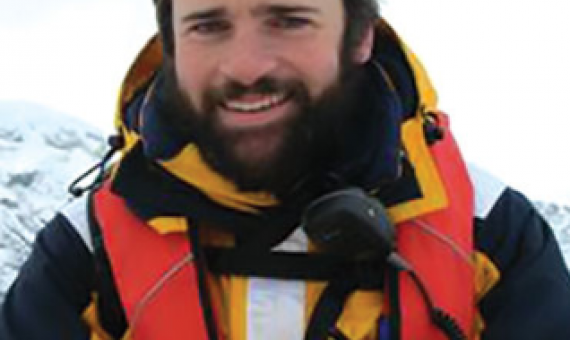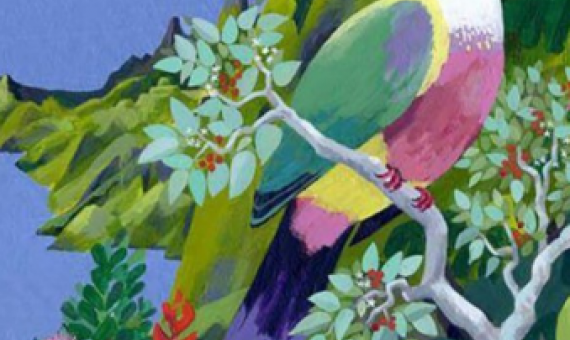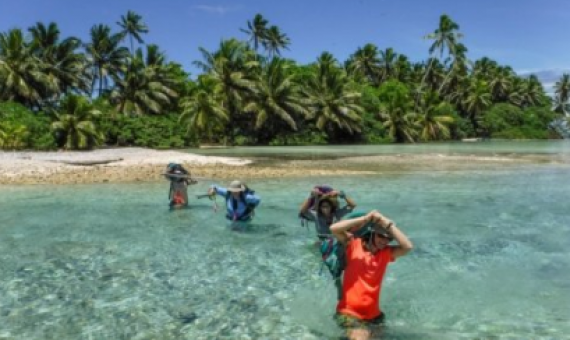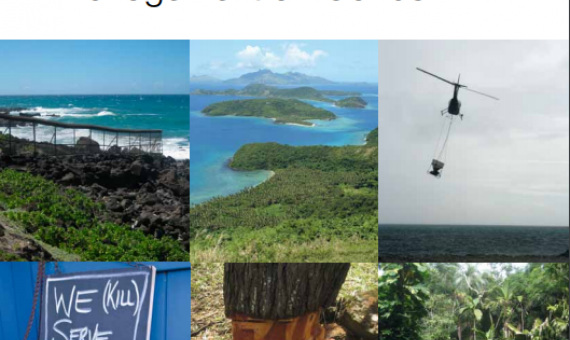Today, island communities, especially those in the Pacific Ocean, are combining traditional knowledge with science to develop innovative strategies to protect the ocean while bolstering local livelihoods and maintaining age-old practices. Click on the link to read the full article.
Native species have been decimated, scientist says. Click on the link below to read the full article.
Every year, proceeds from the British Birdwatching Fair go towards a conservation project, chosen and managed by BirdLife. We look back at the successes of the past 30 years. Click on the link below to read the full article.
New research demonstrates strong positive benefit to native trees following invasive species removal. Click on the link below to access the full article.
Our results emphasize the strong effects that a rat eradication can have on tree recruitment with expected long-term effects on canopy composition...Click on the link below to access the full research article.
IUCN has published new Guidelines for invasive species planning and management on Islands...Click on the link below for further details
Guidelines for invasive species planning and management on islands
Invasive species’ (often called pests, weeds and diseases) are plants, animals, disease agents and other organisms taken beyond their natural range by people, deliberately or unintentionally, and which become destructive to the environment or human livelihoods. Islands are particularly vulnerable to invasive species, owing to the evolution of their native animals and plants in isolation from predators and diseases, and the dependence of island peoples on imports, travel and tourism, which lead to high rates of arrival of new pests.
Islands are biodiversity hotspots, yet the decline of island species is more rapid than anywhere else in the world. Click on the link below to read the full article.
If successful, this will be the first inhabited island within Palau to be cleared of rats. Click on the link below to read the full article.
Palmyra Atoll has been declared a Hope Spot due to its diversity of life and critical importance to the health of the world"s oceans.Click on the link below to read the full article.

